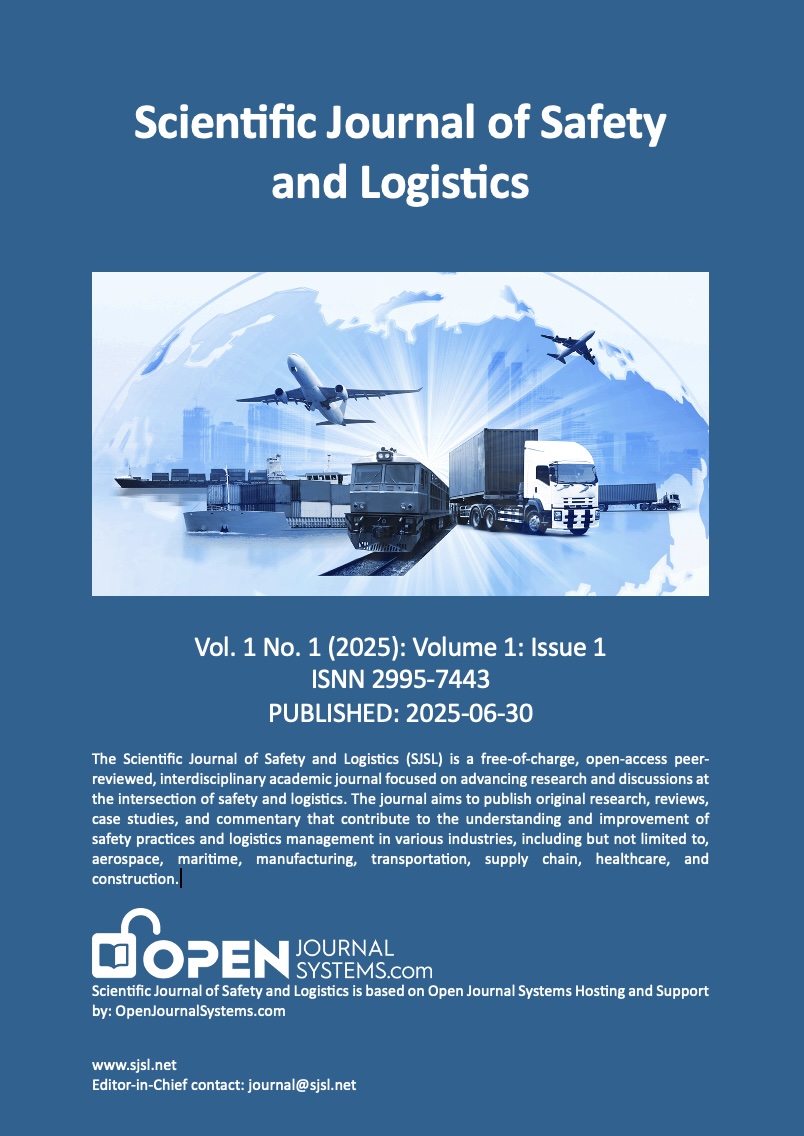The legitimacy of incurring high costs of sub-orbital, orbital and space flights in the context of the possibility of allocating them to leveling and reducing the current problems of humanity on Earth
DOI:
https://doi.org/10.5281/zenodo.17378781Keywords:
sub-orbital, orbital, space flights, Earth pollution, space explorationAbstract
This paper is presenting analyses of legitimacy of incurring high costs of sub-orbital, orbital and space flights in the context of the possibility of allocating them to leveling and reducing the current problems of humanity on Earth. There are a lot of questions and doubts about reasons of spending a lot of money for space traveling where in the same time we have a lot of not resolved problems on the Earth. So maybe instead of covering costs for space traveling we should dedicate them for improving people life on our planet. How does tourism fit with the underlying philosophy of space law: that the exploration and use of outer space “shall be carried out for the benefit and in the interests of all countries”? Given the cost associated with space exploration, one naturally has to ask what the benefits are and whether they are worth it. This paper is analyzing pros and cons sub-orbital, orbital and space flights from the social, commercial, technological and political point of view.
References
1. Colin O’Keeffe, et al., “Role of ambulance response times in the survival of patients with out-of-hospital cardiac arrest” Emerg Med J doi:10.1136/emj.2009.0866363 https://emj.bmj.com/content/28/8/703.abstract . Accessed 1 July. 2025.
2. de Concini, A., and Toth, J. (2019), “The future of the European space sector,” https://www.eib.org/attachments/thematic/future_of_european_space_sector_en.pdf . Accessed 1 July. 2025.
3. Efroymson D., et al. Hungry for Tobacco. Tobacco Control 2001;10:212-217
4. European Commission. European Space Programme - Performance. https://ec.europa.eu/info/strategy/eu-budget/performance-and-reporting/programmes-performance/european-space-programme-performance_en . Accessed 1 July. 2025.
5. Eurostat (2019), Household spending on alcohol close to €130 billion, https://ec.europa.eu/eurostat/web/products-eurostat-news/-/DDN-20190101-1
6. EUSPA, Services, https://www.gsc-europa.eu/galileo/services . Accessed 1 July. 2025.
7. EUSPA. Galileo 10th launch anniversary. 2021. https://www.euspa.europa.eu/newsroom/news/galileo-10th-launch-anniversary-day-european-union-broke-through-gnss-industry. Accessed 1 July. 2025.
8. EUSPA. Galileo 10th launch anniversary. 2021. https://www.euspa.europa.eu/newsroom/news/galileo-10th-launch-anniversary-day-european-union-broke-through-gnss-industry. Accessed 1 July. 2025.
9. Highfill, T., et al. (2020), “Preliminary Estimates of the U.S. Space Economy, 2012-2018,” https://apps.bea.gov/scb/2020/12-december/1220-space-economy.htm. Accessed 1 July. 2025.
10. Hsu, D. and Siggelkow, N. (2019), “Why Big Business Is Making a Giant Leap into Space,” https://knowledge.wharton.upenn.edu/article/commercial-space-economy/ . Accessed 1 July. 2025.
11. Indian Space Research Organisation, https://www.isro.gov.in/applications/tele-medicine. Accessed 1 July. 2025.
12. Indian Space Research Organisation, https://www.isro.gov.in/applications/continuing-medical-education-cme-isro%E2%80%99s-telemedicine-network. Accessed 1 July. 2025.
13. Kamrowska-Załuska,D. Impact of AI-Based Tools and Urban Big Data Analytics on the Design and Planning of Cities. Land 2021, 10, 1209. https://doi.org/10.3390/land10111209. Accessed 1 July. 2025.
14. Khanna, P. (2017). Connectography: Mapping the future of Global Civilization. Random House.
15. Netherland Space Office, “G4AW projects” https://g4aw.spaceoffice.nl/en/g4aw-projects/g4aw-projects#projectlist. Accessed 1 July. 2025.
16. OECD (2019), The Space Economy in Figures: How Space Contributes to the Global Economy, OECD Publishing, Paris, https://doi.org/10.1787/c5996201-en. . Accessed 1 July. 2025.
17. OECD (2019), The Space Economy in Figures: How Space Contributes to the Global Economy, OECD Publishing, Paris, https://doi.org/10.1787/c5996201-en. . Accessed 1 July. 2025.
18. OECD (2020), Measuring the Economic Impact of the Space Sector: Key Indicators and Options to Improve Data, OECD Publishing, Saudi Arabia, https://www.oecd.org/sti/inno/space-forum/measuring-economic-impact-space-sector.pdf. Accessed 1 July. 2025.
19. Pabian A., Pabian B. (2011), Marketing turystycznych usług kosmicznych [w:] A. Pabian (red.), Nowe kierunki, metody, techniki w zarządzaniu i marketingu, Wydawnictwo Wydziału Zarządzania Politechniki Częstochowskiej, Częstochowa, s. 11-22.
20. Patel, K (2020), Of Mosquitoes and Models: Tracking Disease by Satellite, https://earthobservatory.nasa.gov/features/disease-vector. Accessed 1 July. 2025.
21. Riina Iloranta, Luxury tourism service provision - Lessons from the industry, October 2019Tourism Management Perspectives;
22. Rocheleau, J. (2021), Using Satellite Data to Map Air Pollution and Improve Health, https://essp.nasa.gov/2021/04/20/using-satellite-data-to-map-air-pollution-and-improve-health/ . Accessed 1 July. 2025.
23. Sam Spector James E.S. Higham James E.S. Higham, Space tourism in the Anthropocene, November 2019Annals of Tourism Research;
24. SERVIR Global https://www.servirglobal.net/ . Accessed 1 July. 2025.
25. The World Bank (2003), The Economics of Tobacco Use, https://ec.europa.eu/health/archive/ph_determinants/life_style/tobacco/documents/world_bank_en.pdf . Accessed 1 July. 2025.
26. Trading Economics, Military Expenditure - G20 - By Country, https://tradingeconomics.com/country-list/military-expenditure?continent=g20. Accessed 1 July. 2025.
27. Van Pelt, Michael (2005). Space tourism: adventures in Earth's orbit and beyond. Springer;
28. Yi-Wei Chang, The first decade of commercial space tourism, December 2014Acta Astronautica.
Published
Issue
Section
License
Copyright (c) 2025 Scientific Journal of Safety and Logistics

This work is licensed under a Creative Commons Attribution-NonCommercial-NoDerivatives 4.0 International License.

